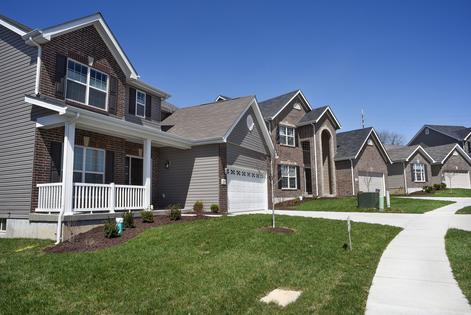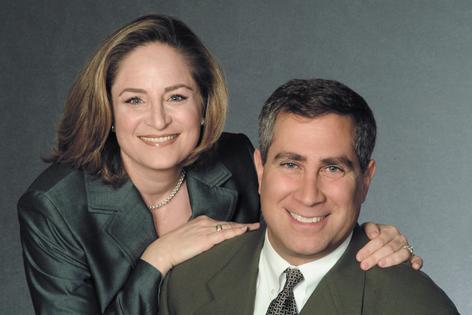Don’t focus on square footage when comparing homes for sale
Comment: I read your article on how people buy homes and use the square footage of the home to compare one home with the other. I wanted to let you know there is an ANSI standard for measuring square footage of a residential unit, though few in our industry use it. Comparing homes by price per square foot is a fool’s errand. Your article pretty much stated that. Just thought you should be aware of the ANSI standard.
Ilyce and Sam respond: Thanks for your comment. For our readers who aren’t familiar, ANSI stands for the American National Standards Institute. And, you’re absolutely right. There are various standards to help determine the square footage of a home. Unfortunately, we rarely see real estate agents follow any of them.
Because of that, buyers who try to compare homes or condominiums by using the square footage listed by the real estate agent could be fooling themselves.
Frequently, sellers use the square footage given to them by their sellers or developers. Let’s say a developer sold a unit in a building to a buyer. The listing sheet stated the condo had 2,650 square feet. When it comes time to sell, that owner will simply tell the listing agent the condo has that number of square feet without knowing how that square footage number was calculated.
Fannie Mae, the secondary mortgage market giant, generally sets the standards for the purchase of home loans for the secondary market. The company adopted these standards for use by appraisers. So while the seller of a home may not give you an accurate or standard measurement for your home, it’s likely that your appraiser will.
But here’s what happens when some buyers are told that the square footage is less than what they thought: They get grumpy. Which makes no sense. Why should you be any less happy if you find out a house has 100 square feet less than you thought if you were perfectly happy with the size when you made the offer?
Once you’ve gone down the path of bidding on a home, agreeing on a price, applying for a mortgage, paying for and receiving an appraisal, it’s a bit late to start complaining about the square footage of the home you are about to buy.
Our motto is to use the square footage provided as a rough estimate — and nothing more. We wouldn’t give it much weight when comparing properties. Or trying to come up with an exact price per square foot. For us, it’s far more important for a homebuyer to see a home in person. Then, you can gauge the room sizes, and understand how that home would work for the way you live your life.
We recently visited a home that had a stated 3,000 square feet. But the central staircase accounted for a chunk of the square footage. The 15-by-15-square-foot staircase divided the front and back of the home. The architect used the staircase as a focal point.
The interior staircase was a showstopper. But it ate up a lot of usable square footage. So if you only used square feet to compare this 3,000 square foot home with another that had a differently-placed staircase, or was all on one level, the second would live much larger than the first.
This is one example. But, the point is to avoid getting hung up on square footage when buying a home. Instead, spend time thinking about how you intend to use the square footage that’s available to you.
========
(Ilyce Glink is the author of “100 Questions Every First-Time Home Buyer Should Ask” (4th Edition). She is also the CEO of Best Money Moves, a financial wellness technology company. Samuel J. Tamkin is a Chicago-based real estate attorney. Contact Ilyce and Sam through her website, ThinkGlink.com.)
©2024 Ilyce R. Glink and Samuel J. Tamkin. Distributed by Tribune Content Agency, LLC.

































Comments